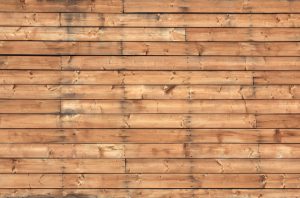Everythings about Bamboo flooring
Bamboo is a fast-growing grass that can produce flooring with the look and feel of hardwood. It’s become popular recently as an eco-friendly alternative to wood flooring, but experts caution that it isn’t always a greener choice.

Types
Just like hardwood, bamboo flooring is available in both solid strips and engineered planks. It comes in several different patterns that show the grain of the grass in different ways.
Flat-grain bamboo flooring has darker stripes across the boards, showing the nodes in the bamboo; vertical-grain bamboo flooring has long, narrow strips packed tightly together; and end-grain bamboo has lots of little short strips.
Advantages
Like engineered wood, it’s available in forms that are easy to install. Also, many people consider it a more eco-friendly alternative to wood flooring. Because, bamboo grows much faster than most trees, absorbs carbon from the atmosphere more quickly, and can grow in a variety of climates.
Disadvantages
Although bamboo is a renewable resource, most bamboo planks are made in and shipped from Asia, which adds to their carbon footprint. Also, many bamboo farmers rely heavily on fertilizers and pesticides that harm the environment.
And finally, some bamboo flooring manufacturers use glues high in harmful formaldehyde.
Slate concludes that you need to do careful research to be sure the bamboo flooring you’re considering is truly greener than hardwood.
In addition, bamboo flooring varies in durability. The cheaper varieties are vulnerable to scratches and dents, just like wood flooring.
Best Uses
Bamboo flooring works in all the same places as wood. It’s suitable for living areas, hallways, and bedrooms. However, it may not be sturdy enough to use in a kitchen.
Cost
According to Moneycrashers , bamboo flooring costs about the same as wood at $3 to $8 per square foot, but installation can be a bit more expensive at $7 to $12 per foot.
Refer to : U.S Flooring

